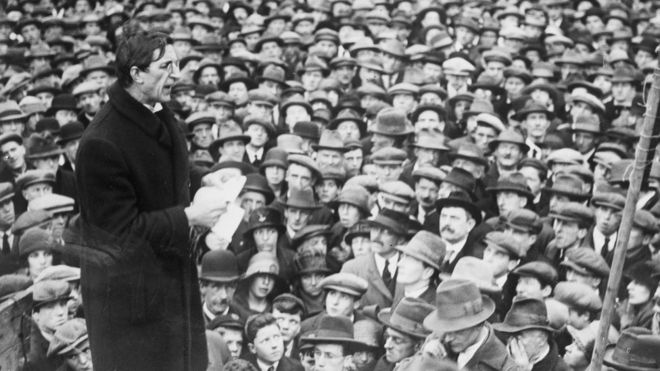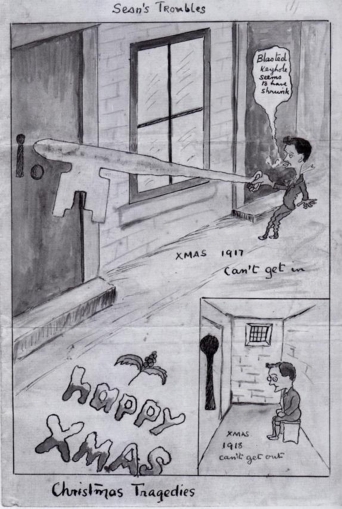Eamon de Valera's audacious escape from English prison 100 years ago
One hundred years ago, on 3rd February 1919, Éamon de Valera (14 October 1882 – 29 August 1975), a leading figure in Ireland's fight for independence, made an audacious escape from Lincoln Gaol in England. He was detained there as one of a number of political prisoners held by the British. Eamon de Valera took part in the Easter Rising of April 1916, which was launched by Irish republicans to end British rule in Ireland and establish an independent Irish Republic. During the Rising he commanded forces holding Boland's Mill on Grand Canal Street in Dublin. For his part in the Rising, Eamon de Valera was sentenced to death, but the sentence was later commuted to penal servitude for life.
He was released under an amnesty in June 1917. On 10 July 1917, in a by-election, he was elected a Member of Parliament (MP) for East Clare. In that year he was also elected as President of Sinn Féin. In the 1918 general election he was elected both for that seat and Mayo East. This was the election in which Sinn Féin won a huge majority in Ireland. On 21 January 1919, 27 Sinn Féin MPs calling themselves Teachtaí Dála (TDs), assembled in the Mansion House in Dublin and formed an Irish parliament, known as Dáil Éireann. Celebrations were recently held is Ireland to mark one hundred years since the First Dáil (Irish: An Chéad Dáil) was held.
Eamon de Valera was re-arrested by the English in May 1918 and imprisoned and so could not attend the January session of the Dáil Éireann, a parliament which the British later declared to be an illegal. The future president of Ireland was exercising in the yard at Lincoln Goal when he worked out a possible route to freedom, via a door to the outside. All he needed was the key. Using a wedge of wax he had managed to obtain from prison chapel candles, he was able to make an impression of a key carried by one of the chaplains. Fellow prisoner Sean Milroy then drew a cartoon on a Christmas card of a drunk man trying to fit a large key into a small keyhole. The key he drew was in fact a copy of the impression obtained by Eamon de Valera. However, it was seen by the prison censors as harmless and was sent to associates of the prisoners.
A copy of the key was smuggled into the prison in a cake. However, this was not initially successful as the key didn't fit. It was only at a third attempt, when a blank key and files were smuggled in that a key was made to fit. This was due to the skill of fellow prisoner Peter DeLoughry. The end result was that Eamon de Valera, Sean Milroy and Sean McGarry escaped on the night of 3rd February 1919. On the oustide of the prison that night they had the help of others, including Michael Collins and Harry Boland. Following his escape, Eamon de Valera returned to Ireland where, at the April meeting of the Dáil, he was named president. He died at the age of 92 years in 1975, by which time he had been elected as Ireland's Taoiseach (prime minister) three times and had served as President of Ireland from 1959 until 1973.







